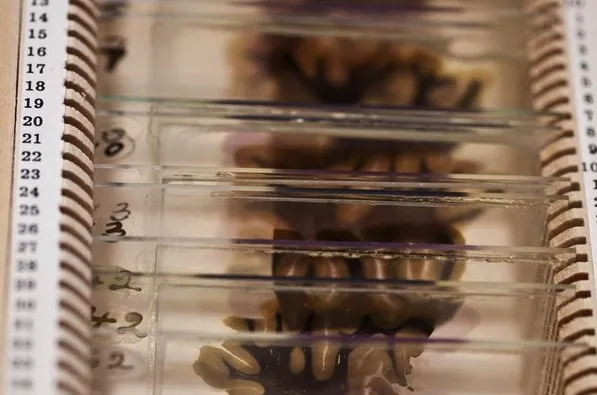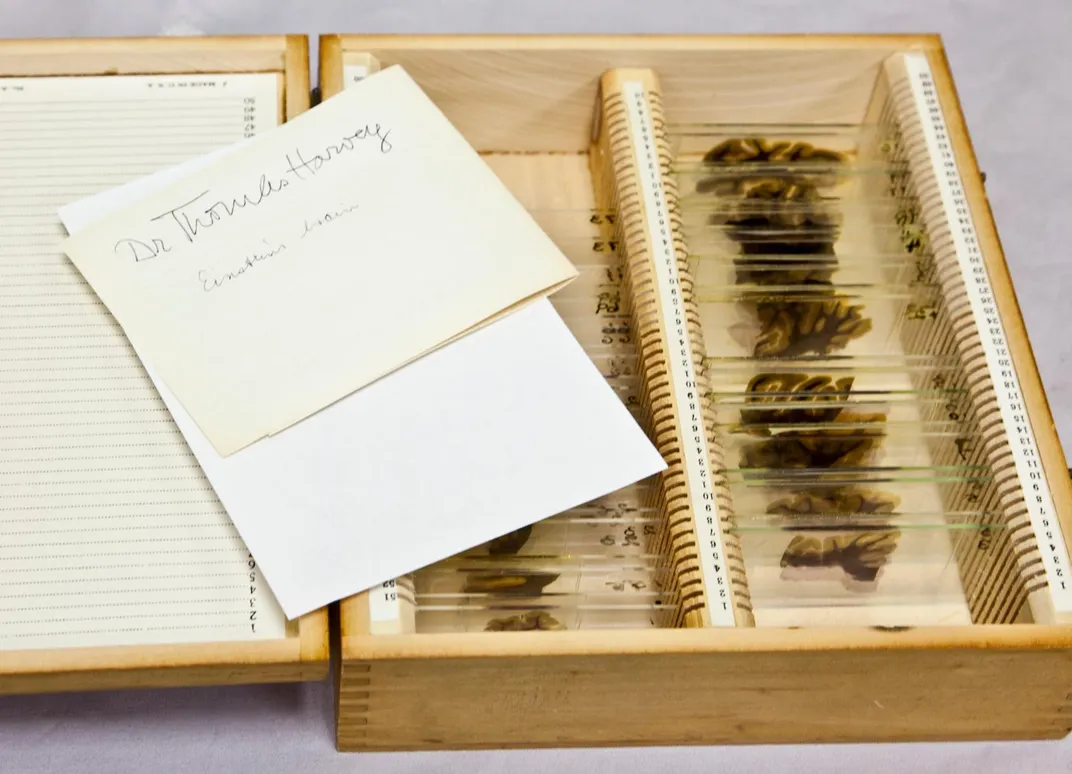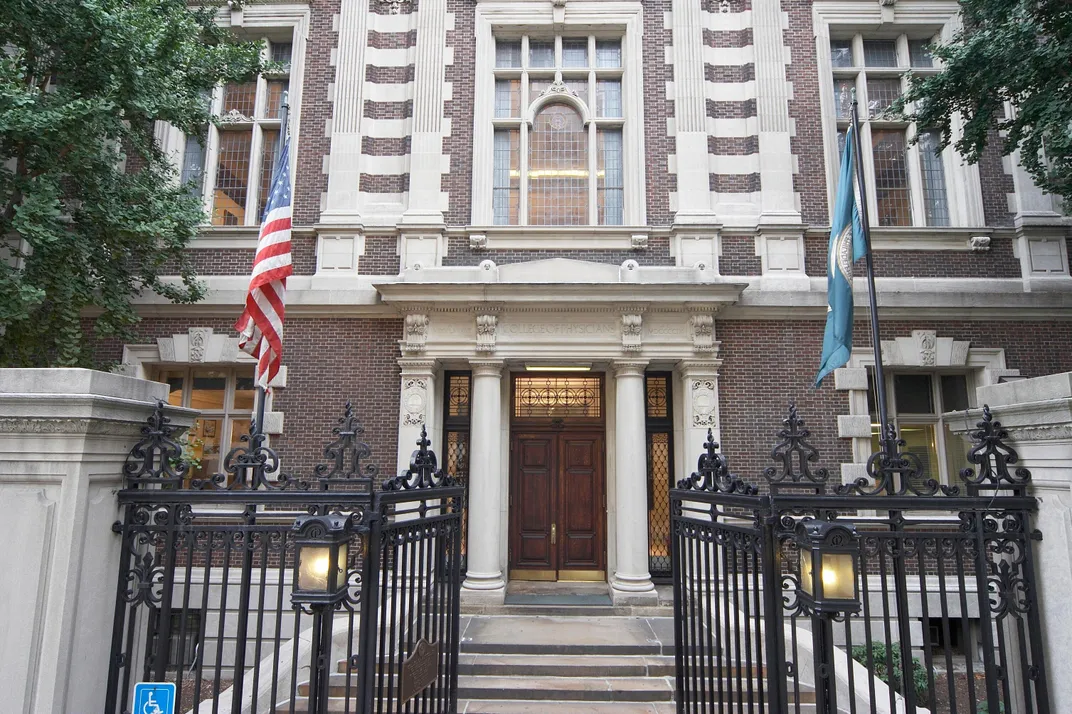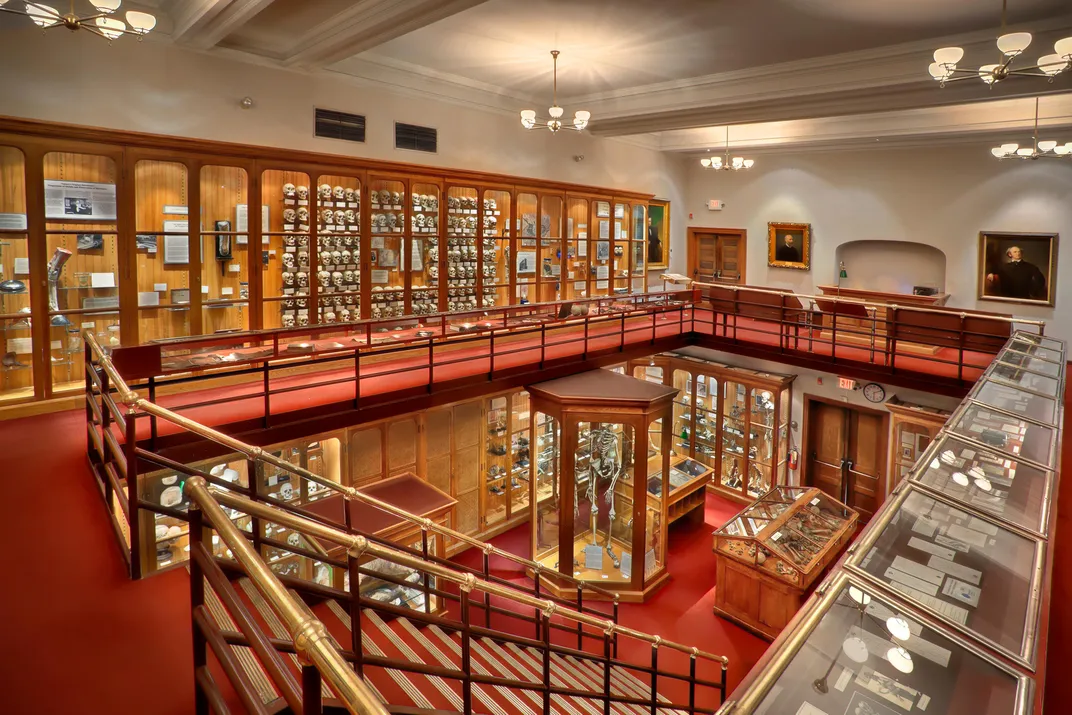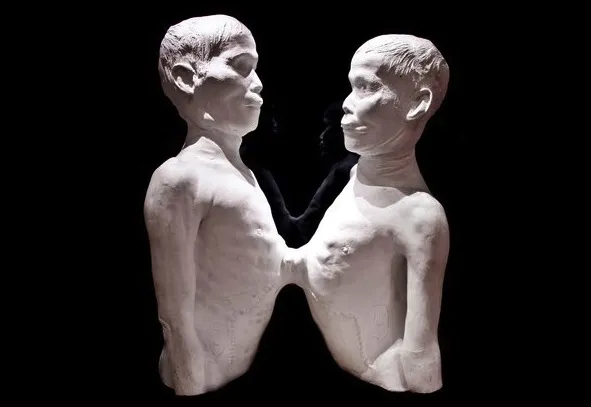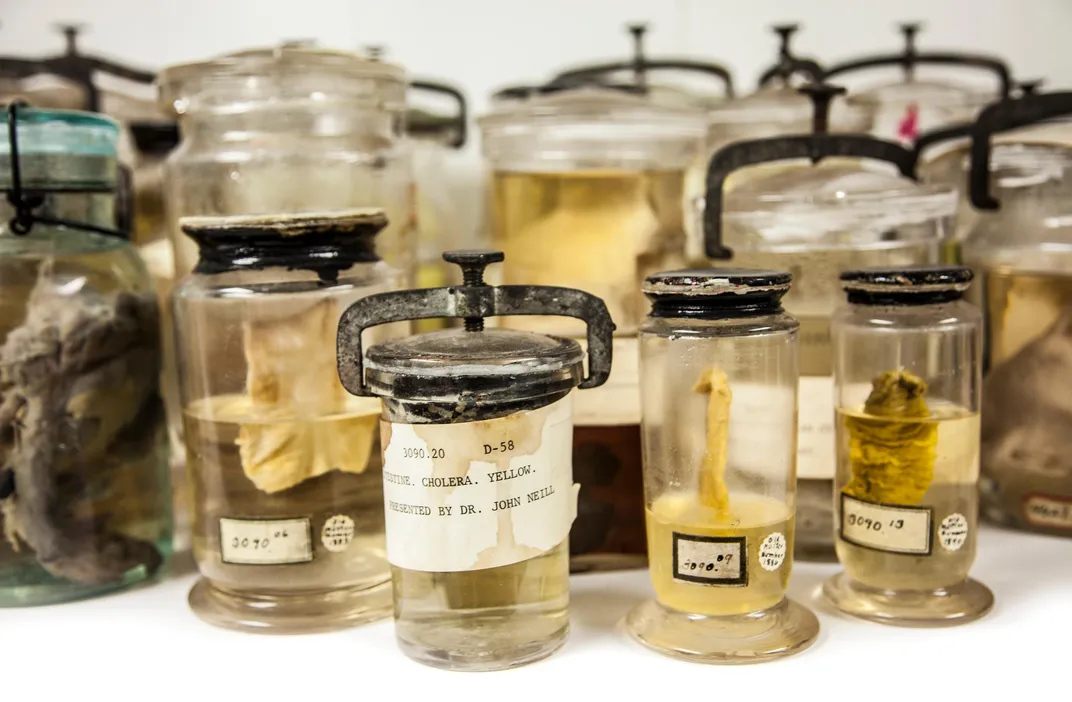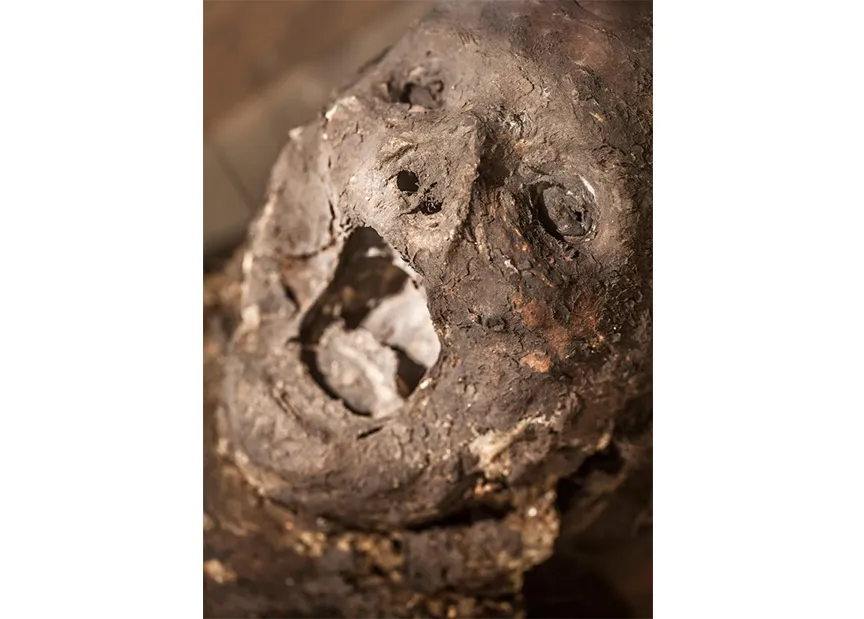How Einstein’s Brain Ended Up at the Mütter Museum in Philadelphia
Sixty years after the great scientist’s death, his gray matter is on display
/https://tf-cmsv2-smithsonianmag-media.s3.amazonaws.com/filer/e5/fa/e5fa5816-f29c-4021-abce-7760cbaaf4e4/einsteins_brain.jpg)
In the early morning hours of April 18, 1955, Albert Einstein died at Princeton Hospital in New Jersey. Thomas Harvey, the pathologist on duty that night, performed the autopsy and determined that the professor had died of an abdominal aortic aneurysm. What he did next has been the subject of great controversy over the last half-century—quite simply, Harvey took Einstein’s brain without permission, which some would call “stealing.”
Sixty years later, the only permanent place to see pieces of the brain that changed the world is at the Mütter Museum in Philadelphia. One of America’s most interesting medical museums, the Mütter contains a tremendous assemblage of anatomical specimens, instruments and medical models. Chang and Eng (the original “Siamese Twins”), the Hyrtl skull collection and the Soap Lady are among the most distinctive exhibits, alongside pieces of Einstein’s brain. The genesis of the museum dates to 1858, when a revolutionary 19th-century American plastic surgeon donated 1,700 medical objects to Philadelphia's College of Physicians in hopes of improving medical education across the country. Thomas Dent Mütter’s stipulations were that the college must also hire a curator, increase the collection, hold annual lectures and build a fireproof building. Today, the Mütter Museum is one of Philadelphia’s more popular tourist attractions.
“People come to our museum because we as humans are fascinated with how we work ... it is our nature as human beings to be curious about that which is extraordinary,” says Anna Dhody, the curator of the museum and director of the Mütter Institute.
It’s hard to say what Einstein would have thought about his brain’s ultimate destination: He was rather direct about what he wanted to happen to his body after he died. “I want to be cremated so people don’t come worship at my bones,” he told his biographer Abraham Pais. That is exactly what happened less than 24 hours after his death—in a secret ceremony, family and close friends scattered Einstein’s ashes along the Delaware River. But those ashes did not include his brain or his eyes (which are now rumored to be in a safe deposit box in New York or New Jersey).
In Harvey’s defense, what he did wasn’t particularly unusual at the time. As pointed out in Rest in Pieces: The Curious Fates of Famous Corpses (by Smithsonian.com contributing writer and editor Bess Lovejoy), hospitals in those days often took organs they deemed relevant or interesting for study. While Harvey didn’t have permission for his extraction, he was later able get the okay from Hans Albert Einstein, the professor’s oldest son, for keeping the brain, so long as he used it only for scientific study.
Soon after the autopsy, Harvey took Einstein’s brain to the University of Pennsylvania in Philadelphia to be dissected into hundreds of blocks and thousands of slides. While he kept some of the brain for himself, he also eventually sent slides to prominent neuropathologists around the county in hopes that they could help him unlock the secrets of Einstein’s brain and what made it work so well. However, due to various delays, it took decades for studies to appear. In 1985, a study by UCLA neuroscientist Marian Diamond showed that Einstein’s brain might have more glial cells (which surround and support neurons) than normal brains, although other researchers have argued that her findings should be regarded as inconclusive, and scientists have treated later studies of the famous brain with skepticism. As Dhody explains, studying dead brains can be tricky: "There's a night-and-day difference between a living brain and a dead brain ... A living brain has infinite amounts of things you can study and learn. It is pretty finite in what you can learn from a dead brain."
In November 2011, the Mütter Museum received a call from Lucy Rorke-Adams with an offer of one of Harvey’s boxes of slides. “Dr. Rourke-Adams received the box of slides from another neuropathologist, who got it from a neuropathologist, who got it from Harvey,” Dhody explains. Due to the excitement over the donated specimens, the Mütter Museum was asked to get a working exhibit up in a matter of days. The slides have been on display ever since, and form the only permanent exhibit of Einstein’s brain in the world. (The National Museum of Health and Medicine in Silver Spring, Maryland, received a box of slides too, but only puts them on display occasionally.)
While Harvey’s intentions for taking the brain can be debated—was he motivated by science, fame, or just morbid curiosity?—it didn’t have a particularly positive impact on his life. After being fired from Princeton Hospital and divorced (for reasons that may or may not have had to do with the brain), he moved to Kansas and then Missouri, where he set up a private practice before eventually losing his medical license. He ended up having to take an assembly line job at a plastics factory. During his time in the Midwest, his pieces of Einstein’s brain reportedly sat in Mason jars in a cider box underneath a beer cooler. Says Dhody, "It is pretty obvious that brain was almost like a curse to him."
With over 150,000 curious visitors a year, the Mütter Museum’s far-ranging medical exhibits appeal to a broad audience, but few are as popular as Einstein’s brain. Dhody has a theory about why: Einstein "might have been worlds and worlds smarter than we will ever be, but at the end, we all have a brain.”
Planning Your Next Trip?
Explore great travel deals
Smithsonian magazine participates in affiliate link advertising programs. If you purchase an item through these links, we receive a commission.
